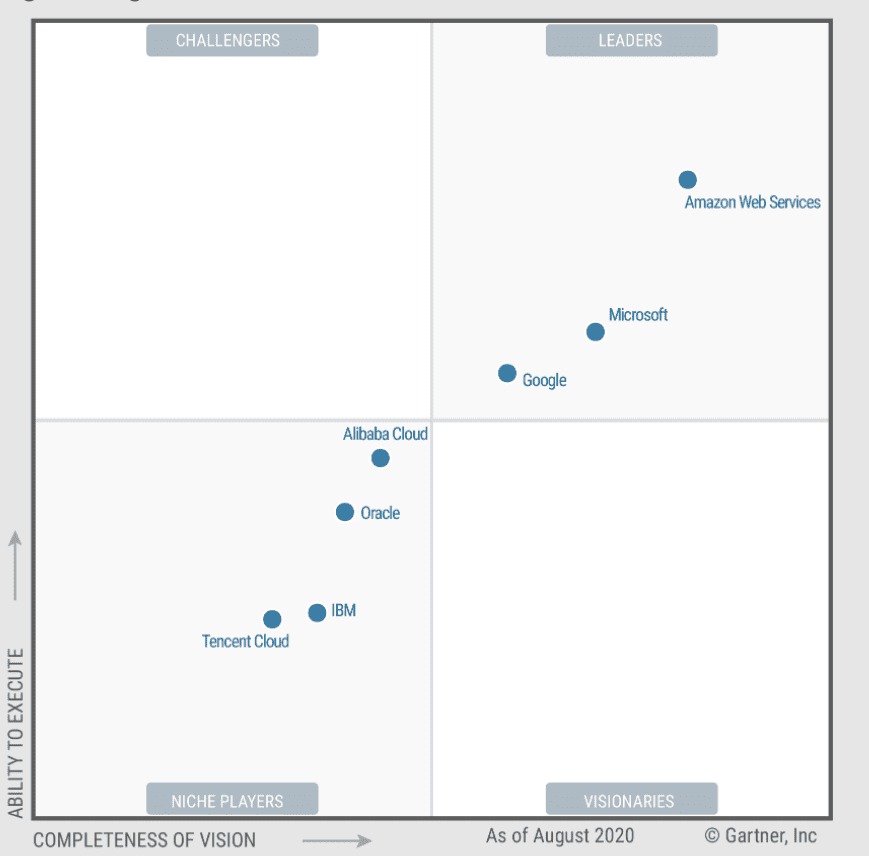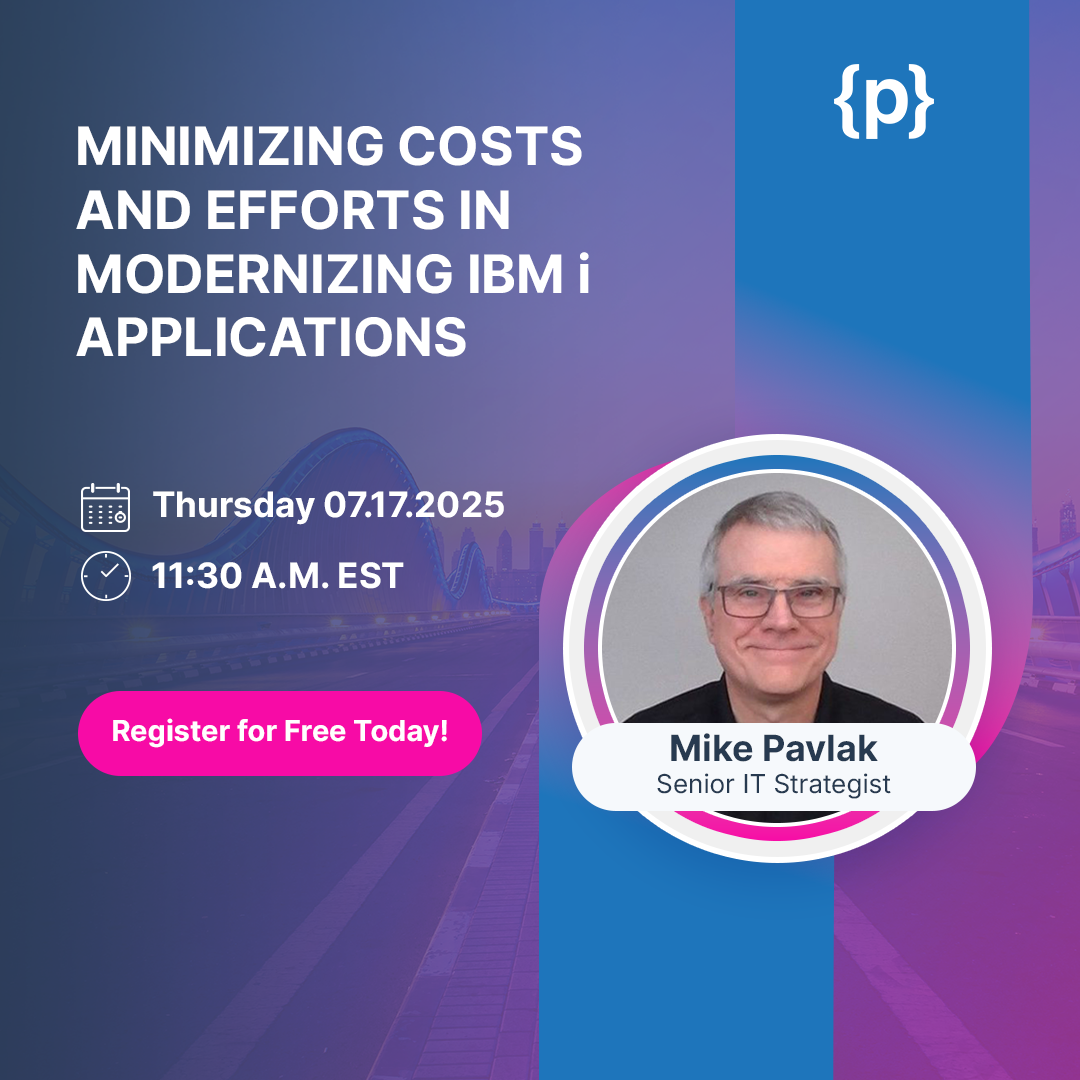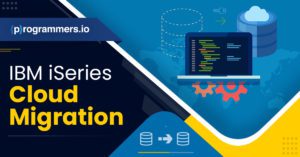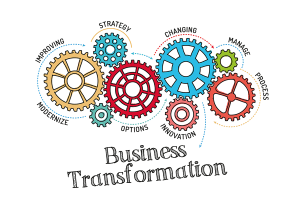The Ultimate Checklist for Migrating to the Cloud
The rapid rise of cloud computing is definitely the story of the 21st Century. We entered the new century without knowing what cloud computing was, the ways it could benefit the business world, and how organizations would migrate to it as part of their transformation.
Organizations of all sizes today are either already on the cloud or are planning to grow their operations and make the shift when the time comes.
In this article, we look at some of the reasons businesses migrate to the cloud and the ultimate checklist they can follow to initiate the journey. Go through the checklist to make your cloud app migration as smooth as possible.
Top Reasons for Cloud Migration
Before we jump into the checklist for cloud migration, let us first examine the top reasons motivating organizations to jump to the cloud. Some of these reasons include:
Cost Savings
Migrating to the cloud might come across as a costly one-time investment, but it eventually helps businesses save money in the long run. After migrating to the cloud, businesses do not have to spend on buying expensive server equipment and then spend more on maintaining them and ensuring upkeep.
Most prominent cloud hosting providers today offer a very convenient pay-as-you-go model, which ensures that you only pay for the services you use and can limit the extra costs.
Flexibility and Scalability
The cloud is very flexible and scalable in nature for businesses today. By migrating to the cloud, businesses have the added advantage of speeding up operations during times of peak and low traffic. When businesses are hosting on-premises servers, they have to meet demand fluctuations and invest heavily for growth.
Migrating to the cloud is good for your business, as you can easily update your package and get more refined services as you grow. All it takes is a single click of the mouse to update your package and move on to a more comprehensive hosting plan.
Reliability
Downtimes and hardware failures are common with on-premises data servers and facilities. Migrating to the cloud can significantly reduce the length of these downtimes as most cloud hosting providers guaranty you excellent availability for 99.9 percent of the time.
The SLAs or service level agreements drafted by providers are comprehensive in nature and give you an indication of the kind of service standard you can expect.
Checklist for Migrating to the Cloud
The reasons above may help you realize that the benefits of migrating to the cloud are in fact, in sync with the objectives of your business. You should start preparing for the cloud the moment you feel that the migration can help add efficiency to your operations.
If you feel your staff isn’t experienced, you can initiate the migration process by following the checklist below.
Choose a Cloud Migration Strategy
The very first step in the checklist is to choose a cloud migration strategy. What applications do you want to migrate to the cloud? Which applications do not add value and should best be turned off? These are questions that need answering.
The TIME analysis can come in handy here and is based on the following sections:
- Tolerate: Apps that don’t bring any value after being migrated to the cloud should be kept in the tolerate section.
- Invest: Apps that bring extensive value through cloud migration and require further investments and remodels should be added here.
- Migrate: Apps that can be migrated as they are should be added to this section.
- Eliminate: Applications of low quality without business value should be added to this section.
Define Success of Migration
The next step in the migration process is to define and determine key performance indicators that help you identify success. These indicators should help you measure just how well the migration aligns with your goals and objectives.
Some of the indicators required to measure performance before you move to the cloud include:
- Average Response Time: Measures the time it takes for the cloud to return results on a request.
- Peak Response Time: Measures the server response time for a period.
- Overall Uptime: Measures overall uptime when the system is accessible.
- Network Latency: Measures the speed of data transfer between one communication endpoint and another.
- CPU and memory use: Memory power consumed by the external cloud system.
- Number of Exposures: Security risks and data exposures during a given period.
- Monthly billing: Monthly invoices and how they compare to on-premise solutions.
- Hardware costs: The cost of maintaining hardware solutions related to the cloud.
- External costs: Other external costs related to the cloud implementation and migration process.
Choose a Cloud Environment
The next step in the process is to choose a cloud environment or hosting provider for your plans. You can choose between public, hybrid and private cloud models.
Gartner releases a Magic Quadrant every year to help businesses find the best IaaS providers. The Magic Quadrant for 2020 includes the following:

Automate the Migration Process
The next step is to automate the migration process and make it as flawless as possible. Automation in the app migration process can help organizations increase the pace of cloud migration, reduce downtime risks and reduce overall migrations. Companies that leverage automation tools also witness faster time to value and better ROI.
Conduct a Pilot Migration and Migrate
Test your migration plans with a pilot migration, which works to test the waters before you proceed with large-scale migration. Once the pilot migration goes smoothly, you can jump to the actual migration and finish it in an optimized manner.
As we can see here, migration to the cloud can be complex and challenging for organizations. It requires solid experience and thoughtful preparation. However, with the right infrastructure and steps, businesses can look for ways to develop their cloud solutions forward and improve their offerings.
Conclusion
Cloud migration of the applications helps in enhancing the agility, flexibility, scalability and cost effectiveness of the application. Cloud shifts tech systems from a capital expenditure to an operating expenditure. This means the business does not have to spend on costly hardware and complex materials but on simple Internt connection that is useful for years.
Choose the right cloud migration company for your application and experience the ease in the working of your business.










